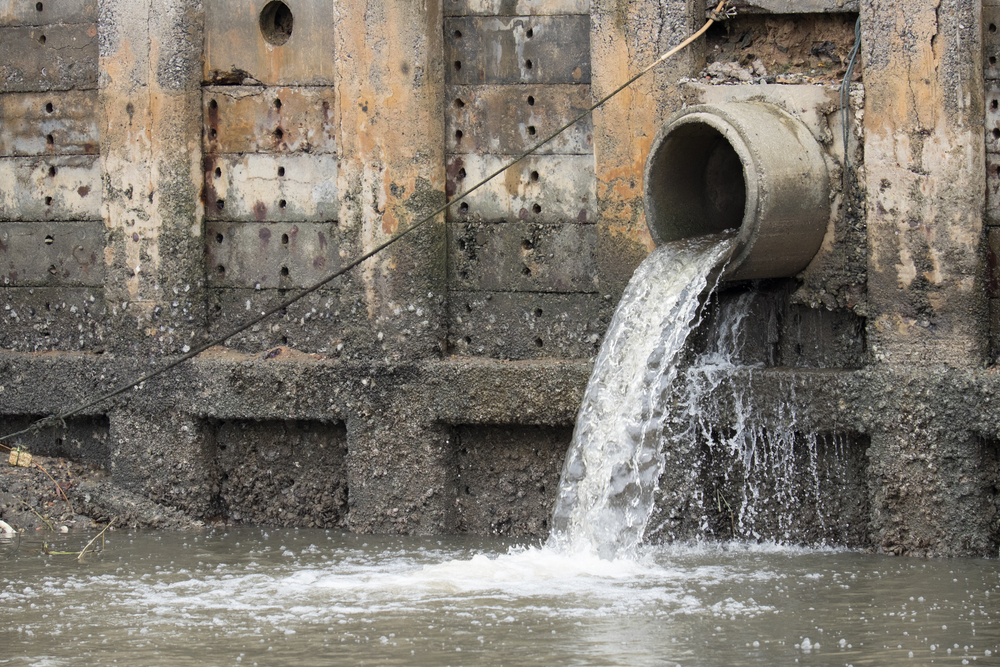Low Impact Development (LID) is a sustainable approach to land development and urban design that aims to reduce the impact of built environments on the natural environment. LID is characterized by a set of practices and strategies that mimic natural processes to manage stormwater runoff, reduce water pollution, and enhance the ecological function of developed areas.
Some examples of LID practices include:
- Green roofs: Installing vegetation on rooftops to reduce stormwater runoff, improve air quality, and provide habitat for wildlife.
- Permeable pavement: Using materials such as pervious concrete, asphalt, or pavers that allow water to seep through, reducing runoff and improving groundwater recharge.
- Rain gardens: Landscaped areas that collect and filter stormwater runoff from impervious surfaces, improving water quality and reducing flooding.
- Bioretention: Constructed wetlands or swales that capture, store, and treat stormwater runoff, improving water quality and providing habitat for plants and animals.
The goal of LID methods is to lessen the reliance on traditional stormwater management techniques, which include constructing substantial, expensive infrastructure, like stormwater ponds or sewers. Developers and urban planners can build more resilient and sustainable communities using LID principles, making them less prone to the harmful effects of stormwater runoff and other environmental problems.
Is LID cost-effective?
Low Impact Development (LID) may end up costing less in the long term than traditional stormwater management strategies. Although the upfront costs of utilizing LID techniques may be higher than those of conventional approaches, the continuing maintenance costs are typically lower, and LID can provide further benefits such as enhanced water quality, increased biodiversity, and increased property values. LID techniques like rain gardens, green roofs, and permeable pavement can be included into site design, eliminating the need for pricey infrastructure upgrading.
In addition, LID strategies can offer further advantages like less energy use, improved air quality, and increased community livability, which can lead to lower healthcare expenses, higher property values, and better economic growth. LID is therefore a cost-effective and sustainable method for managing stormwater runoff and reducing the adverse effects of urbanization on the environment, even though the initial cost of implementing LID methods may be higher than previous alternatives.
LID vs. Stormwater Management practices
Low Impact Development (LID) and traditional stormwater management practices are two different approaches to managing stormwater runoff from developed areas. While both approaches aim to reduce the negative impacts of urbanization on the natural environment, they differ in their design principles, implementation, and outcomes.
Traditional stormwater management practices, on the other hand, rely on a centralized infrastructure system, such as stormwater ponds, conveyance channels, and sewers, to collect and transport stormwater runoff to a centralized treatment facility. While this approach is effective at reducing flooding and managing large volumes of runoff, it can be costly, require extensive land acquisition, and result in the loss of natural habitat. When comparing LID and traditional stormwater management practices, several factors should be considered, including their effectiveness, cost, environmental impact, and social benefits. LID practices are generally more effective at reducing stormwater runoff volume and improving water quality than traditional practices. Moreover, LID practices can provide additional benefits such as improved biodiversity, reduced energy consumption, and increased community livability, which traditional practices do not.
Overall, both LID and traditional stormwater management practices have their strengths and weaknesses, and the choice between them will depend on the specific site conditions, environmental goals, and community needs. However, LID practices are generally considered to be a more sustainable and cost-effective approach to managing stormwater runoff and mitigating the negative impacts of urbanization of the natural environment.
Does this benefit general contractors?
Low Impact Development (LID) practices can provide several benefits for general contractors in the construction industry. Some of these benefits include:
- Compliance with regulations: Increasingly, local governments are adopting regulations that require or encourage the use of LID practices to manage stormwater runoff and improve water quality. By incorporating LID practices into their projects, general contractors can ensure compliance with these regulations and avoid potential fines or penalties.
- Cost savings: While LID practices may require higher upfront costs than traditional stormwater management practices, they can be more cost-effective over the long term due to lower maintenance costs and increased property values. Additionally, by reducing the need for large, expensive infrastructure such as stormwater ponds or sewers, LID practices can result in cost savings for developers and property owners.
- Improved project design: LID practices can provide an opportunity for general contractors to incorporate innovative and sustainable design features into their projects, which can enhance the project’s aesthetic appeal and increase its marketability.
- Increased community engagement: LID practices can also provide an opportunity for general contractors to engage with the local community and demonstrate their commitment to sustainable development practices. This can help to build a positive reputation for the contractor and increase their chances of winning future projects.
Overall, incorporating LID practices into construction projects can provide several benefits for general contractors, including compliance with regulations, cost savings, improved project design, and increased community engagement. By adopting sustainable practices such as LID, general contractors can demonstrate their commitment to environmental stewardship and position themselves as leaders in the construction industry.



